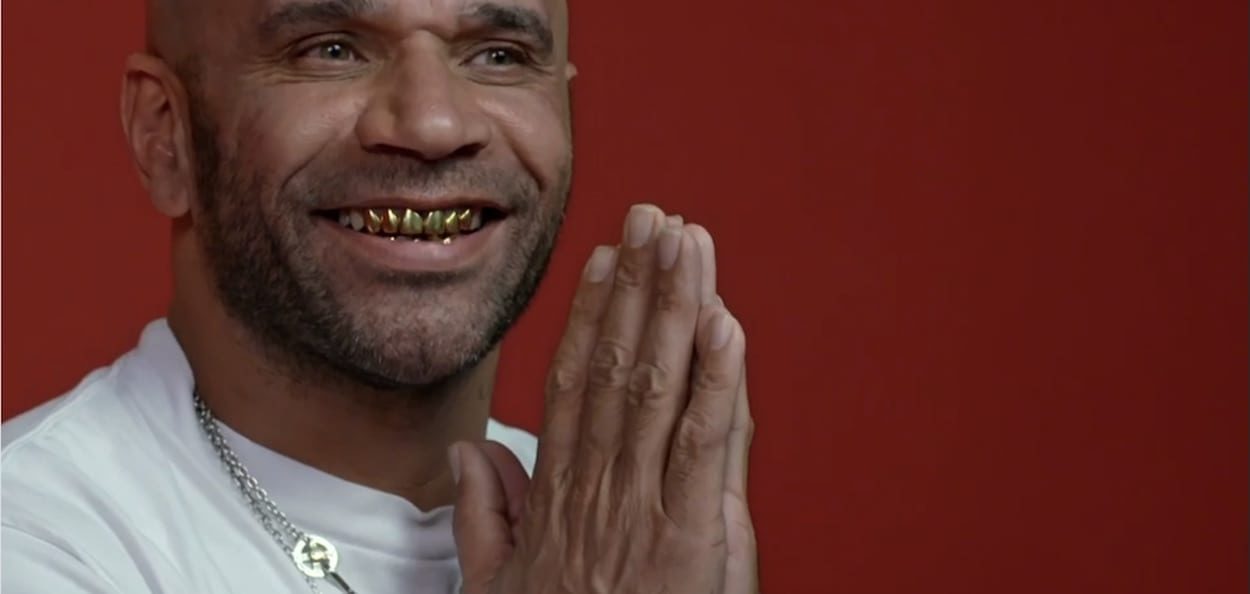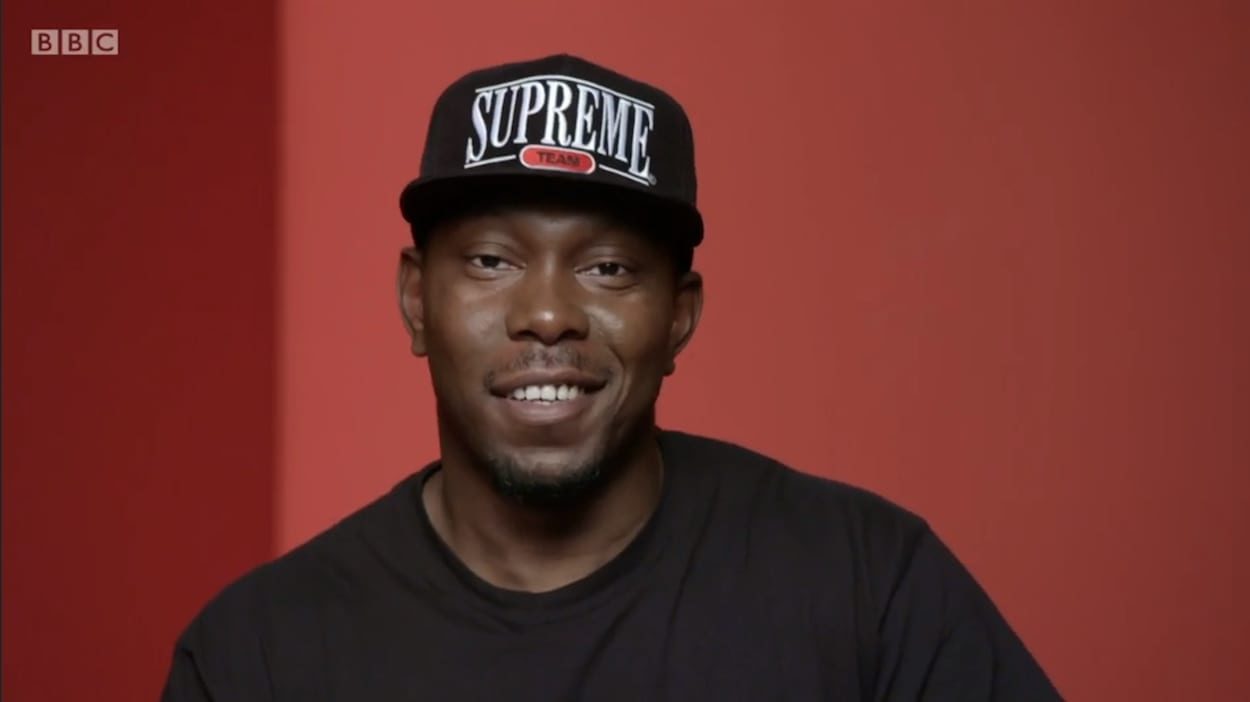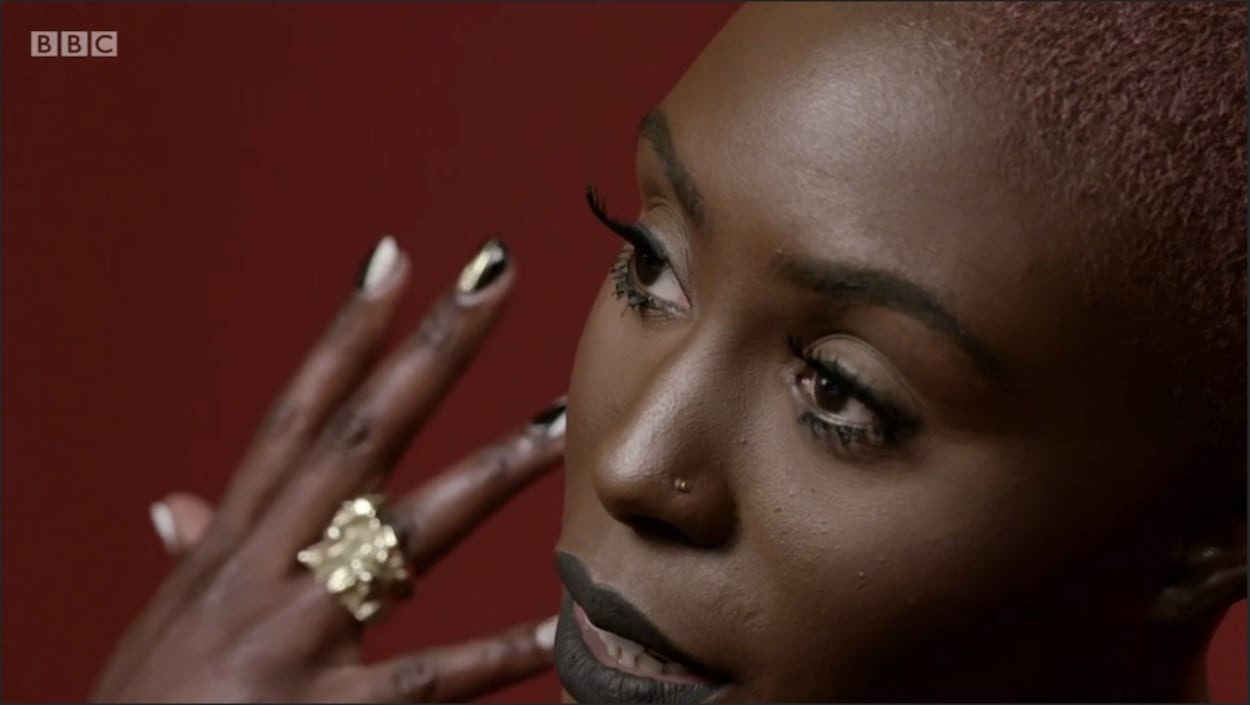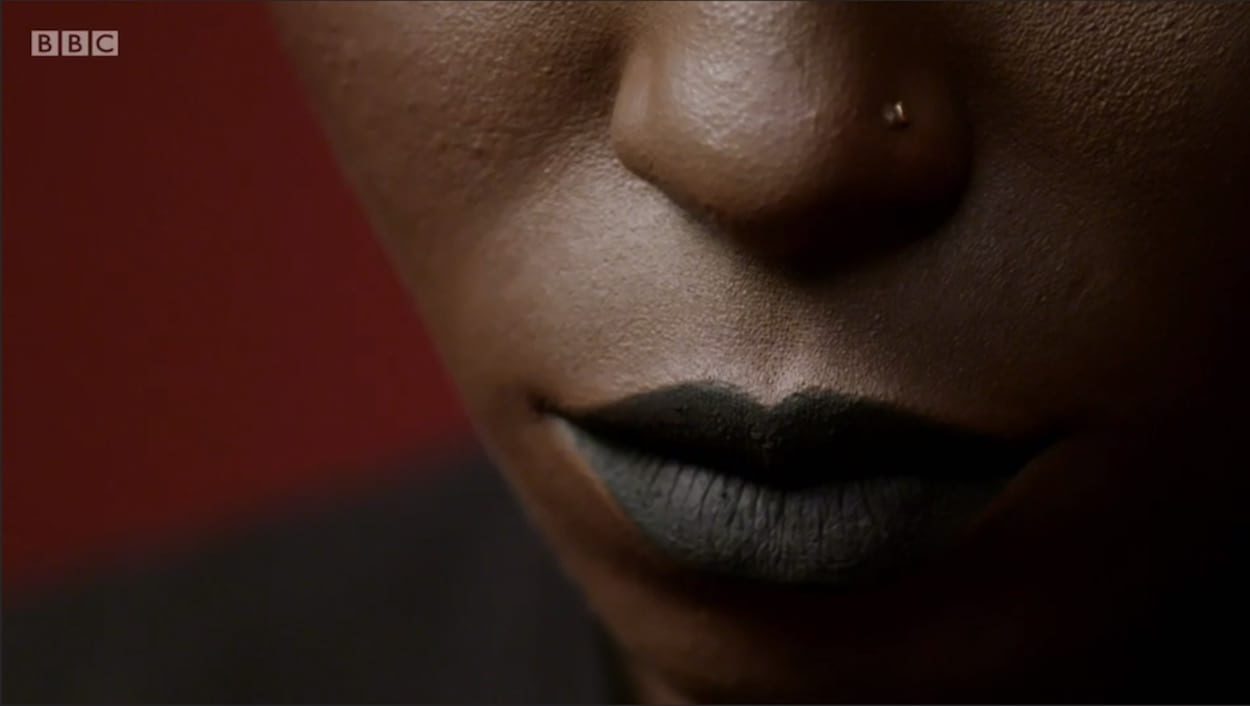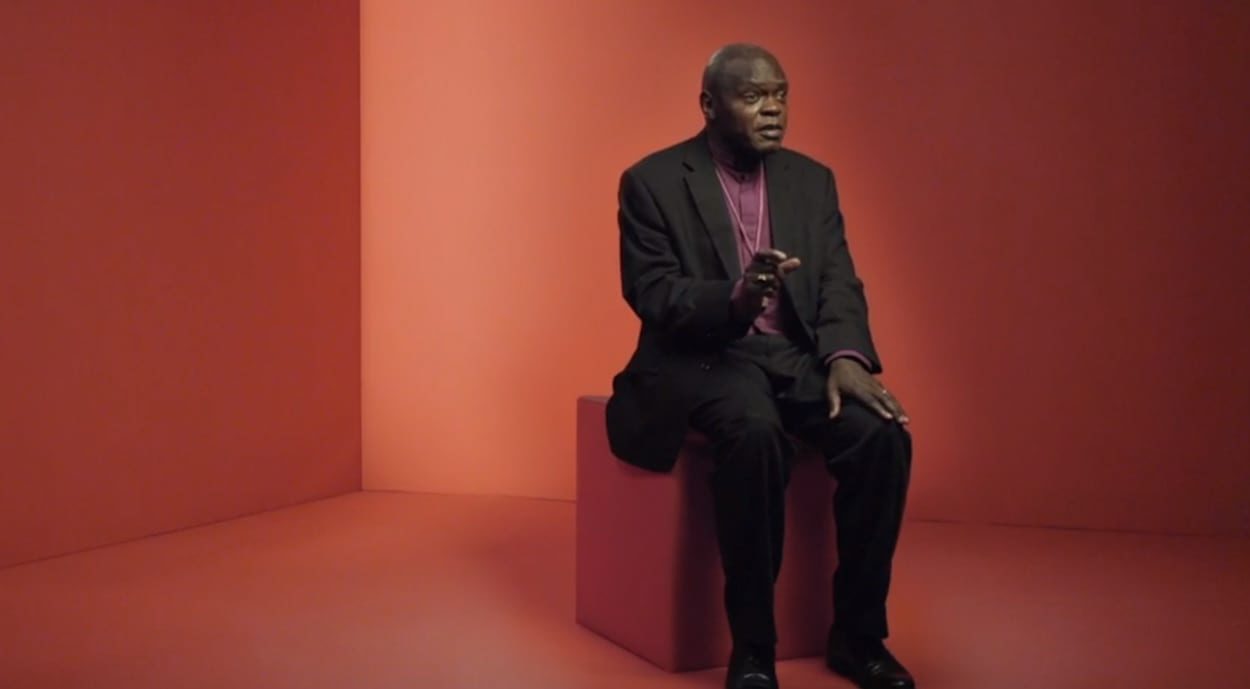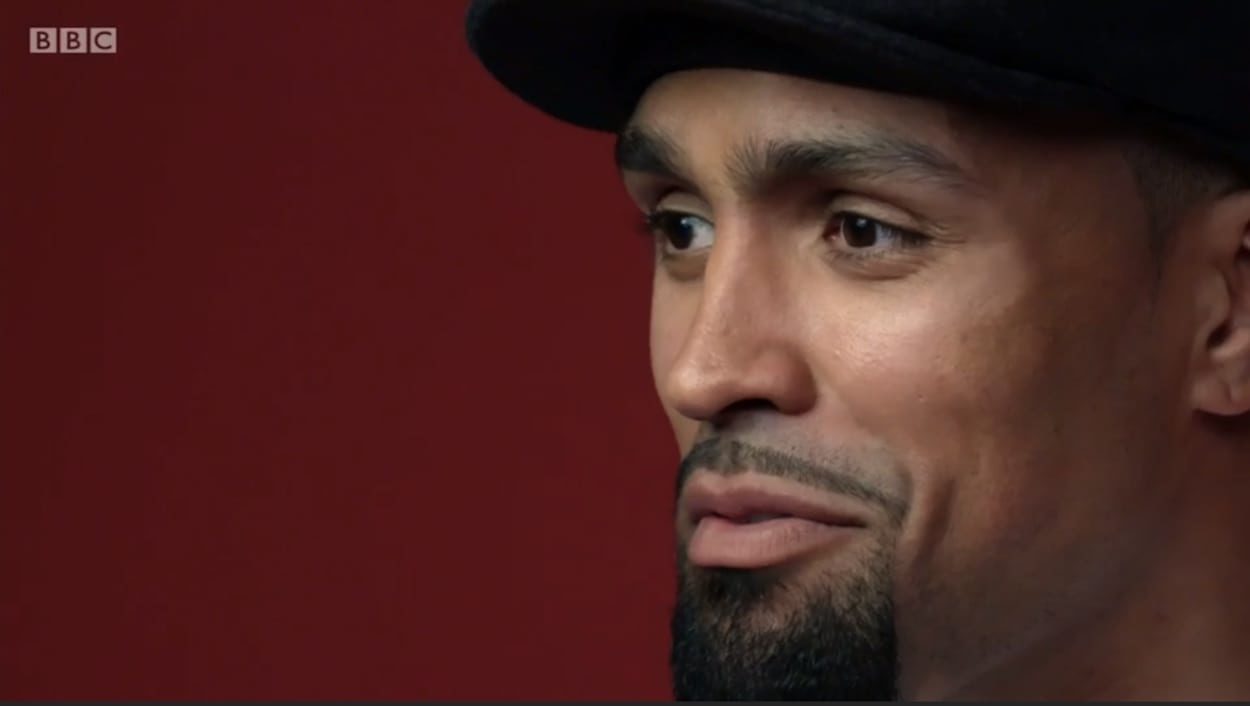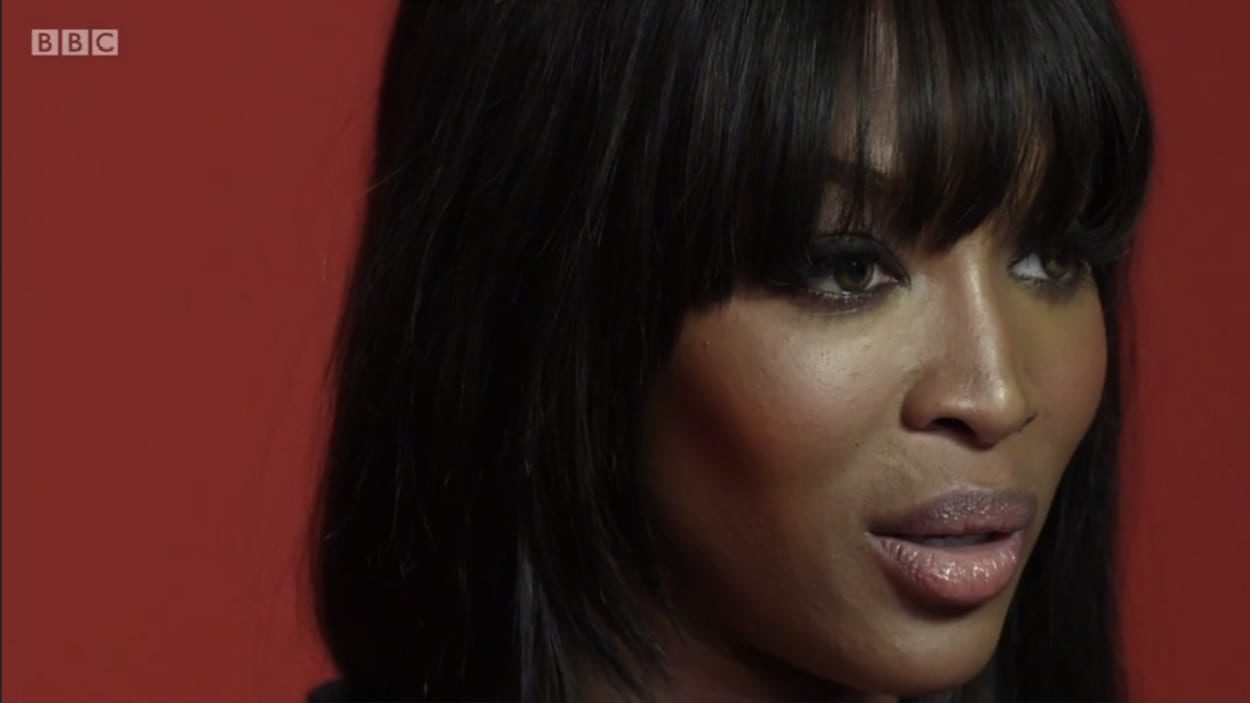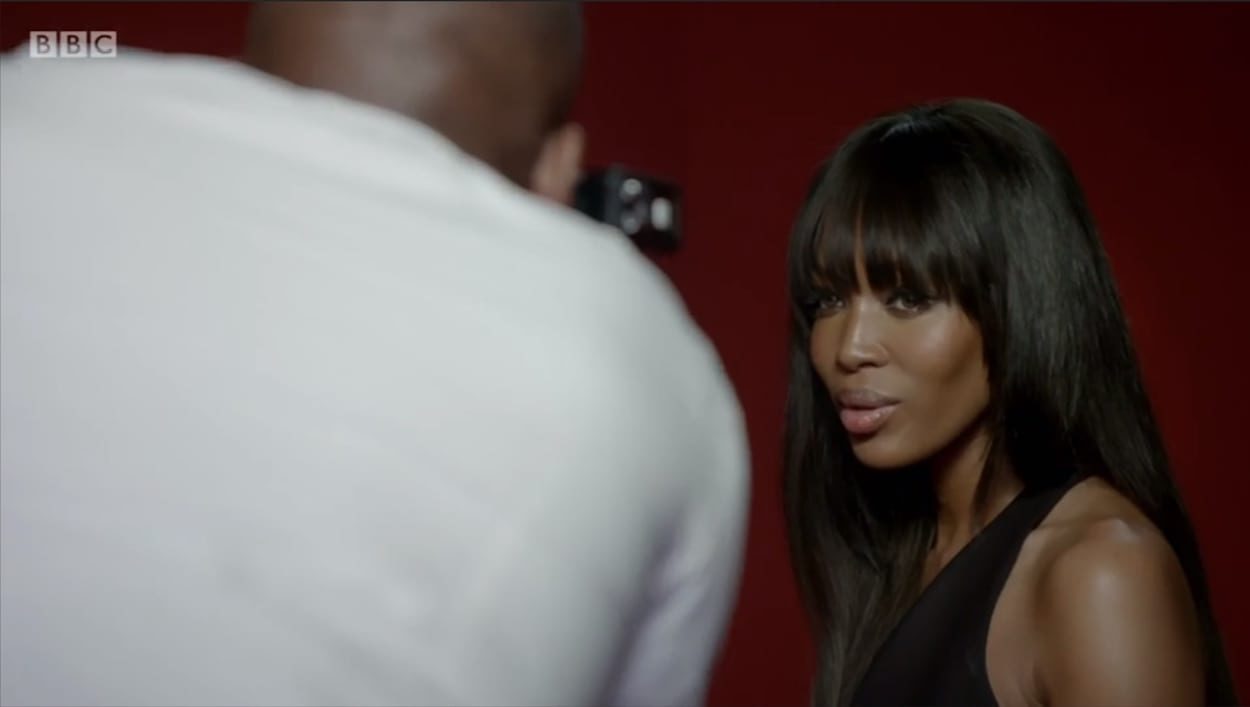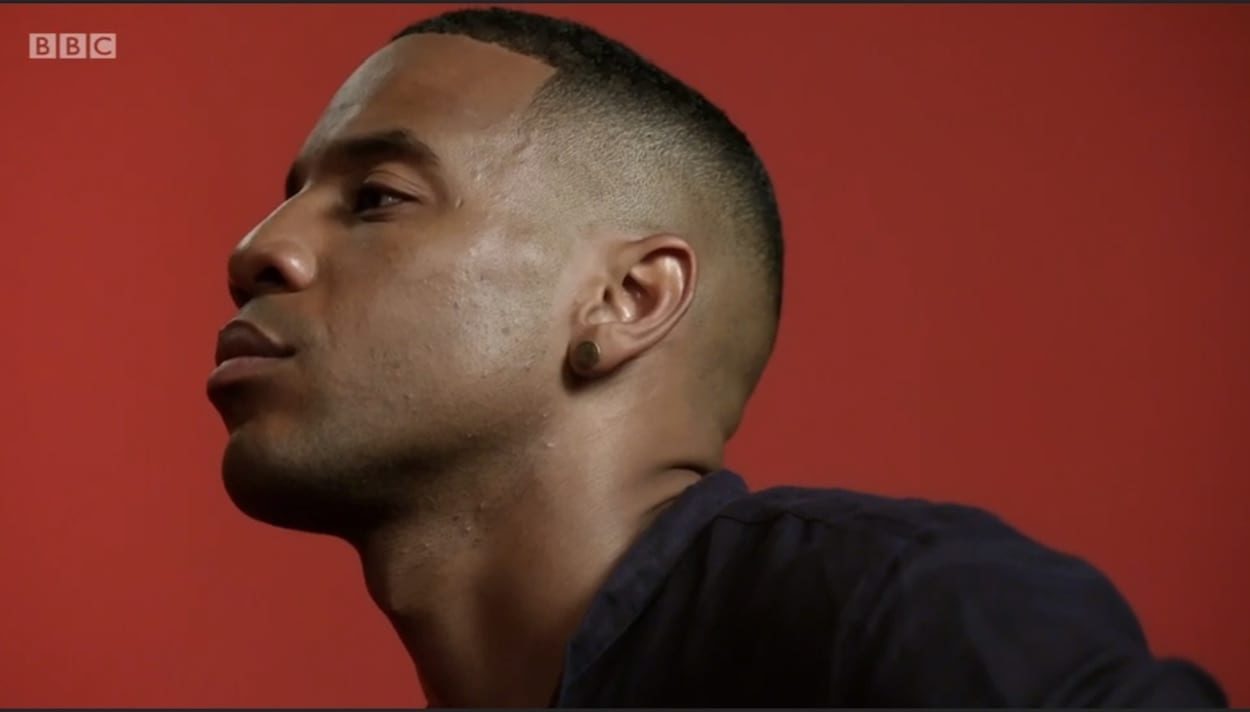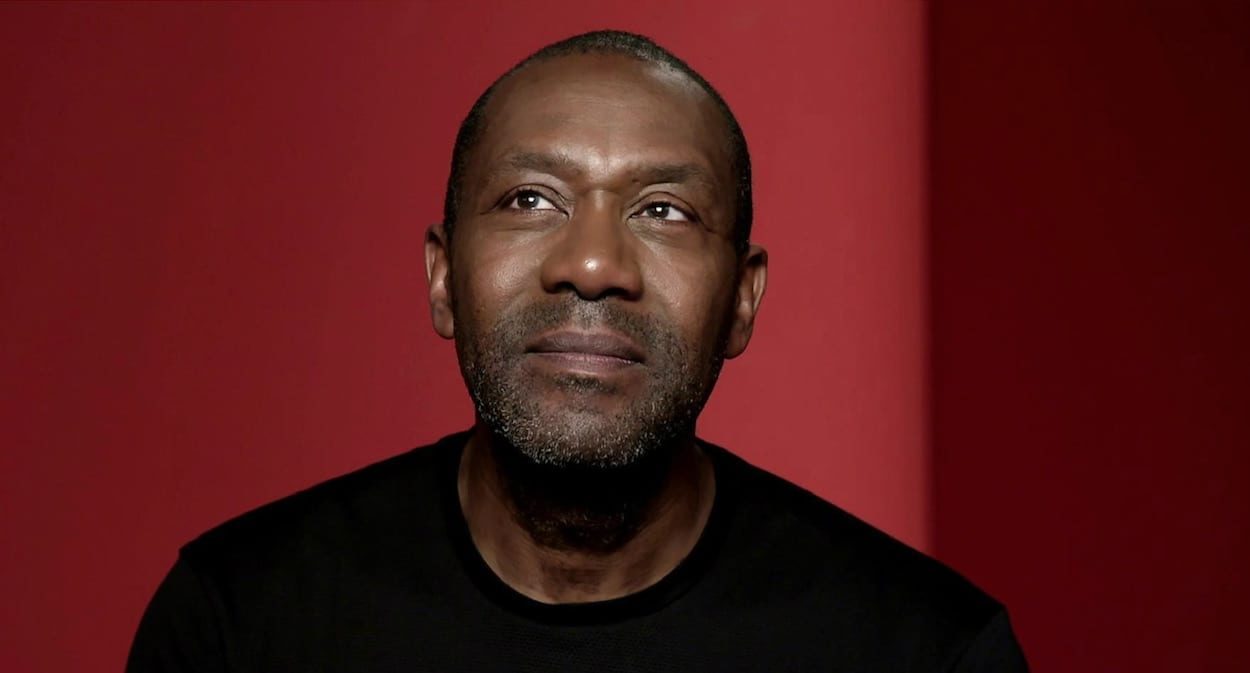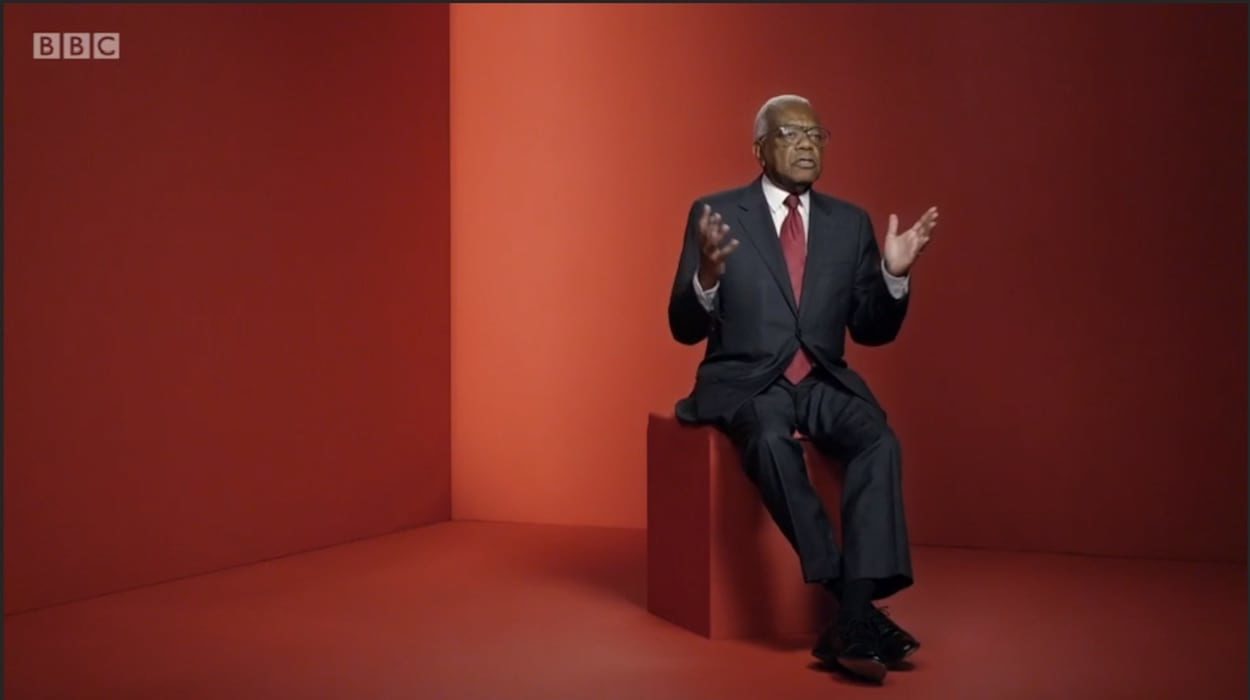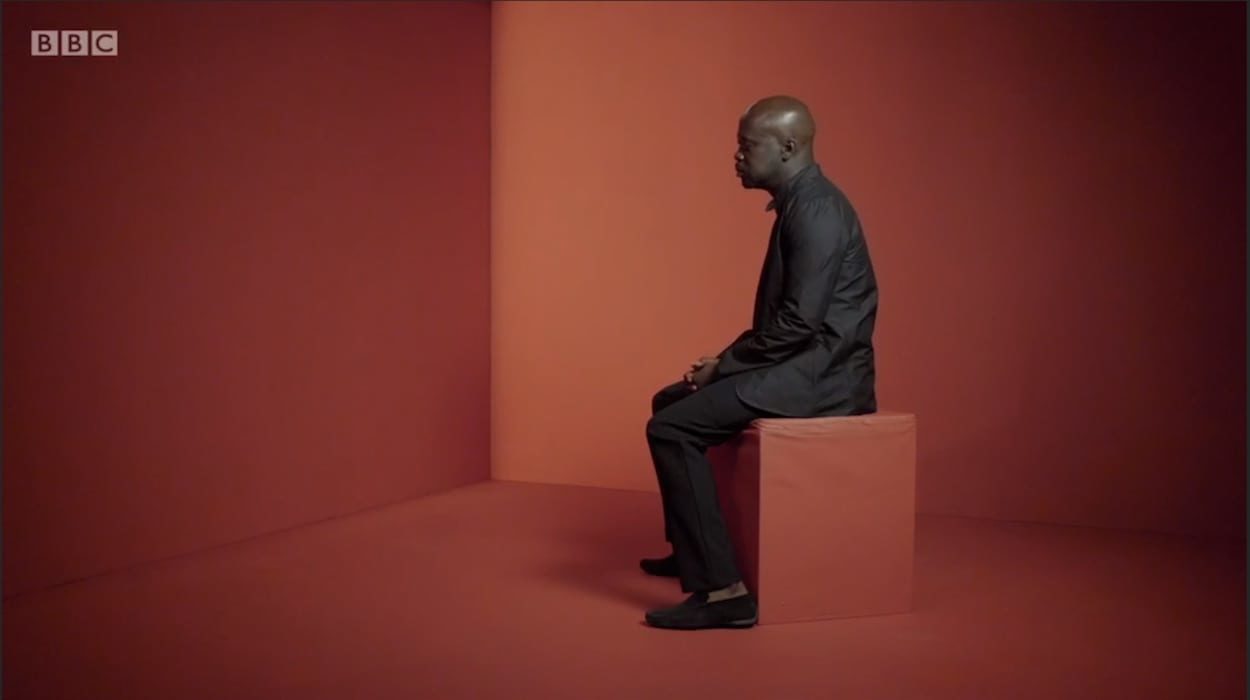Black is the New Black:
Episode 1
Episode 2
1.4: Goldie, Dizzie Rascal, Trevor McDonald, David Adjaye, Ekow Eshun, Maggie Aderin-Pocock, Naomi Campbell, Ozwald Boateng, Tinie Tempah … the list goes on.. how did choose your subjects?
Simon Frederick: This project started as a photographic project. I wanted to create a set of images that I could take to the National Portrait Gallery. Basically I looked at their criteria for portraits which were people who had contributed significantly to British culture and so that’s how I made my selection.
Back in the 80s there was Cool Britannia which looked at architects, fashion designers, all sorts of creative people, but Black Britain’s contribution has truly been recognised since the 2012 Olympics with Danny Boyle’s Olympic ceremony depicting black culture as part and parcel of British life. You had Dizzie Rascal and all these other people at the forefront of it.
Trevor Nelson was one of the presenters on the night. And I was thinking every time one of our athletes wins, or Lewis Hamilton wins, every time Steve McQueen picks up an Oscar, that is waving a flag for Brand Britannia, showing we are all cool, we are inclusive, that we are more diverse than any other country in the world.
So I felt it was time to take all these individuals and put them under one umbrella – there is a movement in this country where black people are revered and followed but it wasn’t talked about and celebrated in a way I have ever recognised until the Olympics.
Basically I wanted to create the series to allow these people to have conversations that we have had in restaurants and dinner parties but don’t usually have with white people.
I’ve heard black Briton’s saying that I haven’t had these conversations with my partner who is white, or my white friends, because to have these conversations is to alienate or it sounds if you’re moaning, upset or ungrateful or others may find it intimidating.
The series is a conversation with one group to another about what is and has been going on in our lives, and how we feel about it. It’s about one human being talking to another about their human experience and the audience can identify with that hopefully.
That was the basis of the programme.
Everybody is there, and you’ve featured quite a few women…
It was interesting when we sent out the invitation the men were like ‘Yes YES’ and the women were like ‘ok, but I’ve got this to do and ….’ But then we really pushed to have more women on board.
There’s an intimacy and honesty that comes from the interviewees, how did you achieve that?
I was fascinated by a quote from Jorge Luis Borges: ‘That one individual should awaken in another memories that belong to still a third is an obvious paradox.’
Can you elaborate please.
I realised that when you take a portrait of someone – for instance if I was to take a picture of you now looking at me, concentrating on what I’m saying, that photograph would be the result of our communication. If I was to remove myself and we hung that picture in a gallery the viewer would be absorbing and trying to read what you are saying and thinking.
The reason why people are loving these images is because they are talking directly to you, they are looking at you in the eye. It’s the communication they have had with me but I’m no longer there.
So are you positioned directly behind the camera?
No we used a mirror box, basically it fits over the camera and the interviewees are looking at my reflection, talking to me. They don’t see the camera, only the box.
When you see Dizzie Rascal and he sits down he goes OMG this is sick – there’re all these cameras around you but it feels like just you and me talking. You don’t realise there are 12 members of crew and the red set seems to draw the whole room in. They relax and they can talk, it’s not an intimidating place.
What was behind your decision to use the red background?
I was reading a lot about Carl Jung and colour and psychology and realised that shade of red is very calming so that’s why we used it. I also saw it work very successfully when Annie Leibovitz shot the African series for Vanity Fair. The red background works really well with black skin tones.
Do you have the Pantone number?
PQ-711C
What was behind keeping the studio looking like a studio with the kit sometimes visible?
I wanted people to realise it wasn’t a CGI background and that it was real. Again it’s about psychology by showing the edges of frames you keep people in reality. This is not contrived.
What was your technique for balancing the narrative tone throughout the series?
It’s about finding other forms of story telling, a narrative doesn’t have to have a traditional beginning, middle and end. For example the scene where David Harewood is talking about being racially abused at a football match is juxtaposed by Les Ferdinand’s talking about doing his job – scoring goals. Some of my production team said they didn’t understand putting these side-by-side, because Les is not talking about racism and I kept saying that the art of storytelling is not hitting something all the time with a sledgehammer you have to be subtle. A friend of mine when he saw the film said the David Harewood story is a crucifixion and Ferdinand’s is a resurrection and I think that symbolism is spot on.
Are you planning to develop the series?
I’d like to turn it into a feature doc and then take it to festivals. It’s about finding the finance to do it, but with the success of the first two episodes I’m hoping these will be a building block.
How do you personally cope with racism?
If someone is racist towards me, it’s not my problem, it’s their problem. I don’t make it my problem.
What about in the industry?
Ninety-nine percent of the people in the film industry will never get the chance to work with a black director because there’s just not enough of us around. So just by the law of averages it’s just never going to happen. And then there are those that do who have cognitive dissidence because they are conditioned and trained in ways that we live in this world, especially as tv is very insular.
What often happens when there is a black face sitting in the chair and they ask for something to be done instead of it being done the natural reaction is to question it. Or even to tell you that is not the way they would do it. And when you tell them that’s not up for discussion they go back to their default mode of telling you that you are being aggressive.
It’s interesting.
Conversely when you point out people’s behaviour they say it’s a moment of indiscretion. They believe because they are middle class and liberal that they couldn’t have any form of prejudice. But it’s innate.
But your series are about inclusivity…
I knew there was an energy and a desire for stories like this to be told, a conversation on inclusivity. People have wanted to tell these stories before but they have always come from anger or embarrassment.
I’ve been receiving emails from white immigrants too, because the way I’ve constructed this psychologically the thread that runs through this series is the immigrant story, the story of the maligned, the story of the misunderstood, the story of anyone who felt different.
There’s something in there, that they feel that the people in here are talking to them, and that’s what makes it inclusive and not only black people.
Are you interested in making short-form format, like music videos?
Yes, I continue to do advertising, short form films and we have a feature film idea that we are developing – through my production company Missing Link Films.

